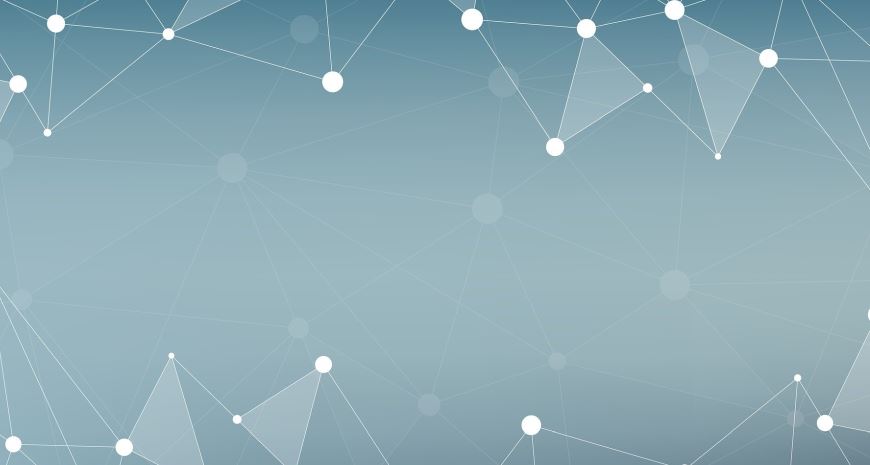Digital art was created during the 1950s in the United States. This creative discipline, driven by the development of computers and communication technologies, brought upon the birth of a brand new artistic medium. It is divided into several specialties, some of which have become very profitable, producing pieces that increase greatly in value over time.
A deep dive into digital fine art and NFTs
What is digital fine art?
Digital art refers to art made using software, computers or other electronic devices. Art produced using digital media – such as videos, 3D modelling, pixel art, installations, animations, digital sculptures and digital paintings – can be classified as digital art.
The Austin Museum of Digital Art defines it as, “art that uses digital technologies in any of three ways: as the product, as the process or as the subject.”
Some digital fine art has been very successful and this media has produced a considerable market due to the large sums of money that pass through it, as is the case with NFTs.
From De Laposky to Beeple
The pioneer of digital art is considered to be the American mathematician Benjamin Francis Laposky, who was the first person to create computer-generated graphic images.
Digital fine art: art objects in their own right
At first, this new media was met with much criticism and resistance. However, innovation is key to creating provocative, engaging art. The history of art is full of developments in technique and media. Artists have always been inspired by their surroundings and it is only natural, with our highly digitized world, that artists should reach for digital mediums to produce original content.
Despite the ontological dispute over the nature of its non-physical presence, the artist’s creative process and inventive subjectivity is identical to that of traditional artists. Artists like Beeple, whose NFT Everyday: the First Five Thousand Days sold for nearly 70 million dollars, is proof that this new media is being embraced full-force and transforming the way we look at fine art.
A media without limits
Digital art has opened up a vast world of new methods and techniques thanks to the wide array of digital devices and software that can be used to create artworks.
Digital fine art can be classified in three main categories: visual media generated by computers, digital photography and painting as well as digital installations. The latter includes video mapping, an increasingly popular technique, which transforms the interior or exterior surfaces of an object into a surface for video projection.
Different subcategories of digital fine art
Digital photography
Digital photographs can be retouched in post-production to create seamless images by adjusting exposure, colors, removing imperfections and even adding objects. Traditional analogue film can also be scanned and manipulated in programs like Photoshop, leaving some wondering about the fine line that separates traditional photography from its modern iteration.
Digital photo-painting
This technique uses photographs that are manipulated in photoshop or another digital program to make them resemble paintings. These artists usually use Wacom tablets and programs like Corel Painter that allow them to use a wide selection of tools to create brush strokes, textures, layers and even effects that mimic different types of paint.
Digital painting
This is a very common type of digital fine art that uses many different techniques to produce a seemingly exhaustive array of finished products thanks to constantly improving software and computers. The majority of digital paintings are created using computer graphics to render the appearance of three-dimensional or two-dimensional forms. This discipline is not limited to the artistic world, it is also used for marketing and audiovisual communication.
Vector drawing
Vector drawing software is used to produce images in a purely virtual environment. These can take the form of drawings or paintings. This technique uses binary codes to define and create shapes and straight lines using different formulas.
Interdisciplinary art
This technique is also called Integrated Digital Art or Mixed Media. It combines elements from photographs and digital graphics to create a work of art. This combination allows for unique results. Mixed media has been used throughout art history, for example, Edgar Degas combined pastels with charcoal and printmaking inks in his drawings.
Video mapping
This increasingly popular form of digital art is also called spatial augmented reality. Computers are used to project videos or images onto objects whose surfaces have been scanned and mapped so that they can be used as a display surface. Video mapping can be large or small scale – projections can be shown on large buildings or used as a backdrop at a music concert.
Video art
The subcategory of video art is extremely broad, some believe that it deserves a category of its own, independent of digital fine art. Therefore, we will be dedicating an entire blog article to this topic.
We hope that you have enjoyed this article on digital art. Thank you for following our blog and feel free to browse the pages of this site to explore contemporary art from both well-established and emerging artists. Artalistic is one of the leading platforms for buying and selling fine art online, including paintings, drawings, photographs, sculptures and limited-edition prints.
 English
English Français
Français


You must be logged in to post a comment.
Click here to log in